Can soil compaction exceed 100? - HENGDA RIC
- Update time:2023-01-29 11:07:45
- Views:327
RIC can be used to improve bearing capacity and reduce liquefaction potential of loose soils. The compaction sequence is designed to work from the outside in, so that compaction of the lower zone soils occurs first followed by compaction of the upper zone. Data monitoring during the compaction process and the online display in the operator's cab enables compaction control, an economic application of the compaction tool, and a work integrated quality control. The total impact depth of the impact foot, the number of blows, and the final settlement of the impact foot after a blow define the stopping criteria.
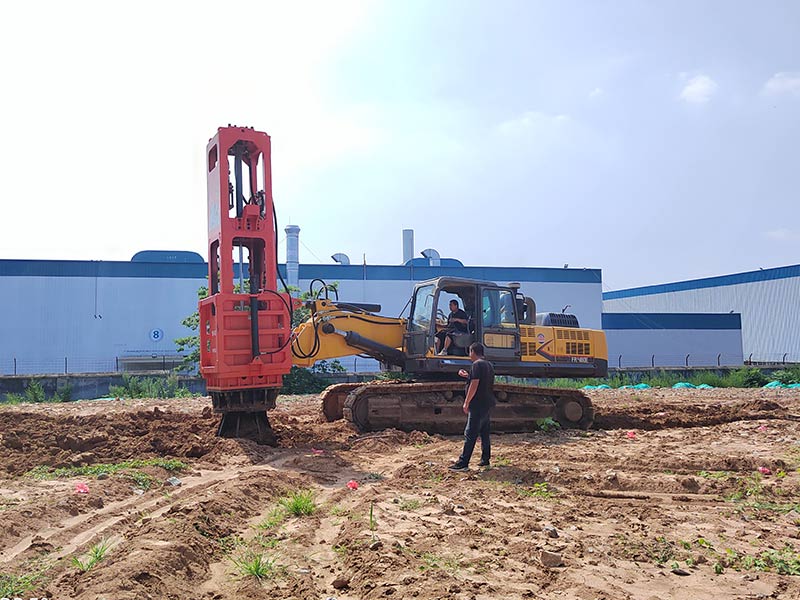
This compaction energy brings the soil particles into a more densely packed structure. The compaction energy is transmitted safely and efficiently as the compaction foot remains in contact with the ground. No flying debris occurs during the compaction process. The hammering of the foot by the impact weight is the reason of the sub-soil compaction. Indeed, the huge amount of energy developed upon the hammering process and transmitted to the ground through the foot, pushes the backfilling material into a denser structure.
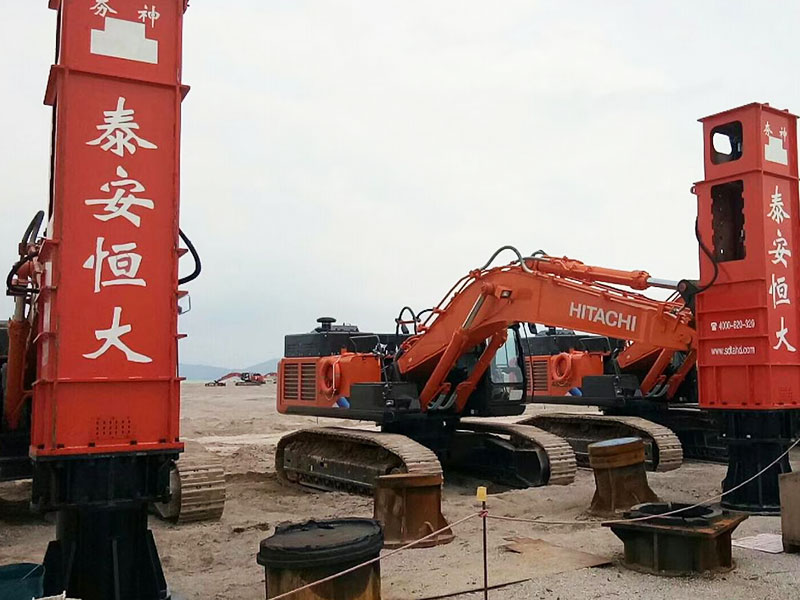
RIC is an acronym that stands for Rapid Impact Compaction. It involves a machine, an excavator, a 50 tonne excavator, that has a purpose-built attachment that undertakes what is called Rapid Impact Compaction. Its purpose is to, basically compact loose materials in the ground underneath where we are trying to build the road.
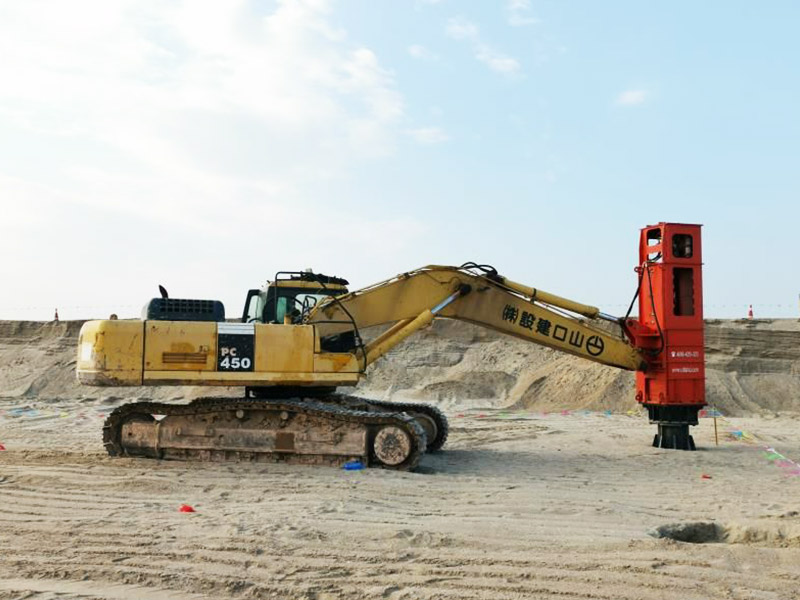
The compaction process can be optimized using an advanced GPS logging system. Using an advanced data logger located inside the cabin, the operator of the RIC rig can easily adjust the compaction energy in terms of the dropping height and the number of blows. He can also record the cumulative settlement, the settlement per blow and the applied energy.
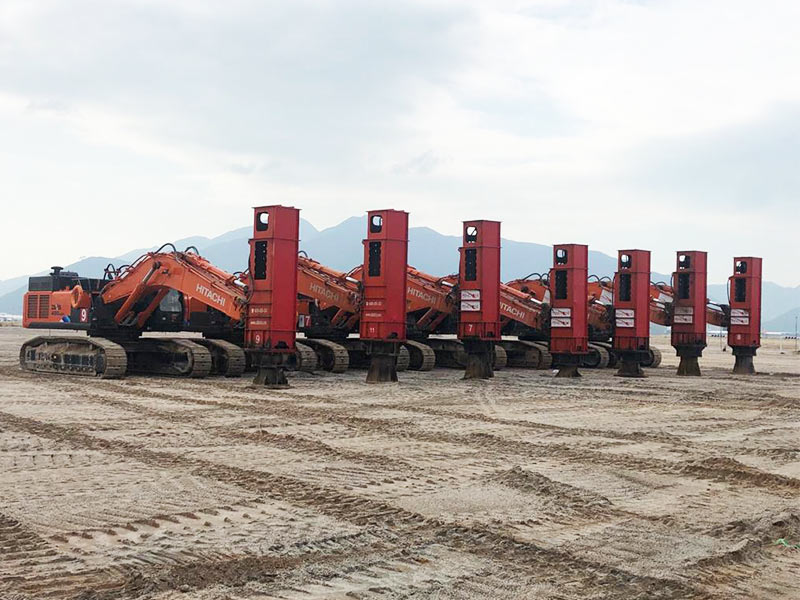
The selection of the compaction method (DC or RIC) and plant type for a particular project, will depend on ground and groundwater conditions, and requirements for design and execution. Each system has merits and limitations. It is important that these are understood and considered in the design and application of DC/RIC on a particular site and in the context of the prevailing ground conditions. Indeed, it may be necessary for more than one technique to be employed at a particular site to gain maximum benefit.
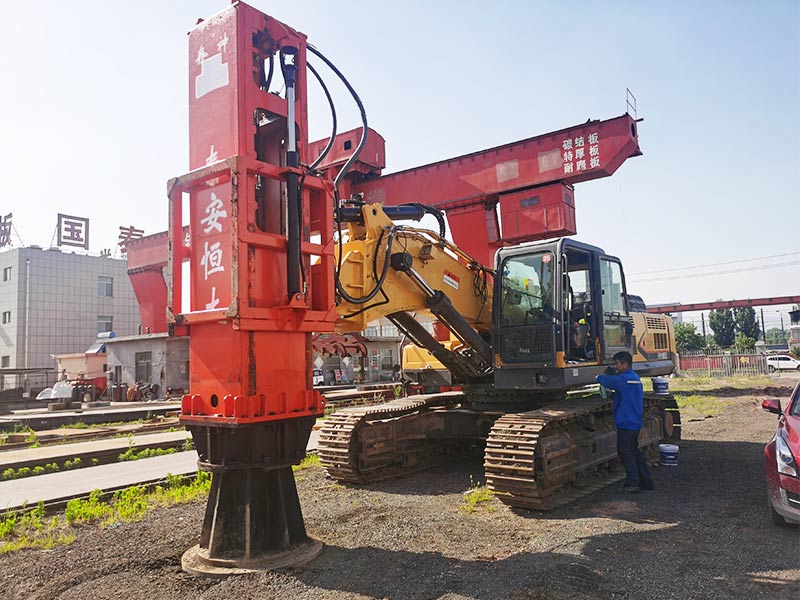
In the urban environment, the RIC technique has a number of specific advantages compared to the conventional drop weight dynamic compaction (DC) technique. These can be summarised as follows:
• The dedicated plant used is relatively small, with moderate mobilisation and operating costs compared with conventional drop weight dynamic compaction. Thus, smaller sites may be economically treated. Rigging and de-rigging times are also quite rapid.
• Treatment can be carried out in closer proximity to existing structures and services vulnerable to vibration damage. There is generally no danger from flying debris.
• Discrete, relatively small foundation areas can be treated without compromising production.
• Energy is more efficiently transferred through the compaction foot which remains in contact with the ground. It is important to recognise that those specifying RIC ground treatment understand the nature of the particular treatment process employed and its potential benefits for the ground conditions being considered.
- 2023-02-14Where do we use rapid impact compaction? - HENGDA RIC
- 2023-01-28Do you wet crushed rock before compacting? - HENGDA RIC
- 2022-08-15Construction specification for rapid impact compaction treatment of foundations
- 2023-01-19What does it mean to have 95% compaction? HENGDA RIC
- 2023-01-19Rapid impact compaction UK - HENGDA RIC
- 2023-02-14How deep is rapid impact compaction? - HENGDA RIC
- 2022-12-2910 tons rapid impact compactor for sale in South Africa
- 2023-02-09Should you wet dirt when compacting? - HENGDA RIC
- 2023-01-29What does it mean to have 95% compaction? - HENGDA RIC
- 2023-02-14What is an alternative to a compactor? - HENGDA RIC
- 2022-08-15Rapid impact compactor at the construction site of Jazan Airport in Saudi Arabia
- 2022-08-15What is rapid impact compaction method? - Rapid impact compaction manufacturer
- 2022-08-15Rapid impact compaction in China's Guangdong high-speed construction
- 2022-09-28Rapid impact compaction under construction at Dubai Airport in UAE
- 2022-08-15Rapid impact compaction (ric) method commonly used for
- 2022-08-15Rapid impact compactor under construction at Xiamen Airport in China
- 2022-08-15What is Rapid Hydraulic Compactor? - Rapid Hydraulic Compactor China Supplier
- 2022-08-15HC36 Rapid Impact Compaction Equipment in Jiangxi Highway Construction in China
-
Construction Technology of HC36 Rapid Impact Compaction in Gansu, China
Construction points of rapid impact compaction machine in Ga...
-
Rapid Impact Compaction equipment manufacturer-Rapid Impact Compaction debugging equipment
Rapid impact compactors have two compaction forms in practic...
-
Rapid Impact Compaction Operation Video Daquan-Rapid Impact Compactor Operation Video Tutorial
Rapid impact compaction has remarkable effect in foundation ...
- Hengda Machinery Co., Ltd
How much is the price of rapid impact compaction, model parameters, etc.


